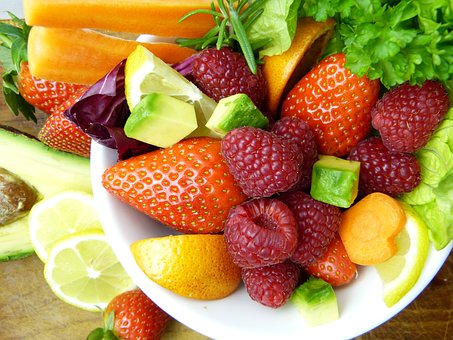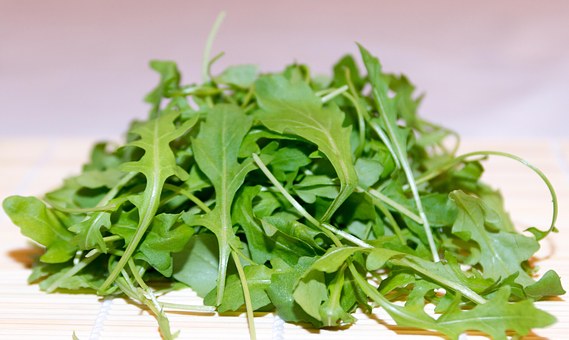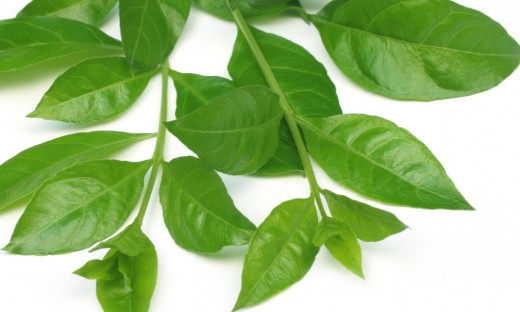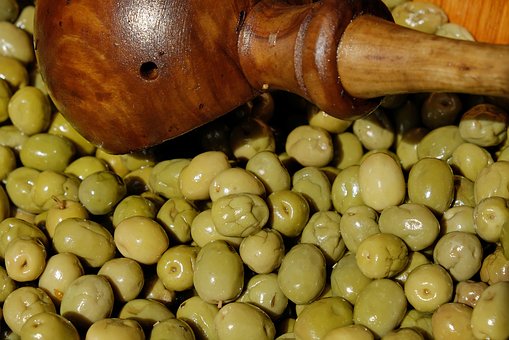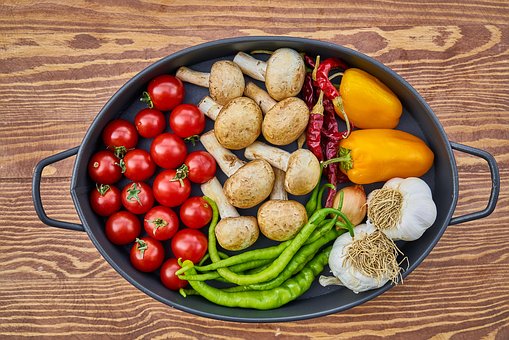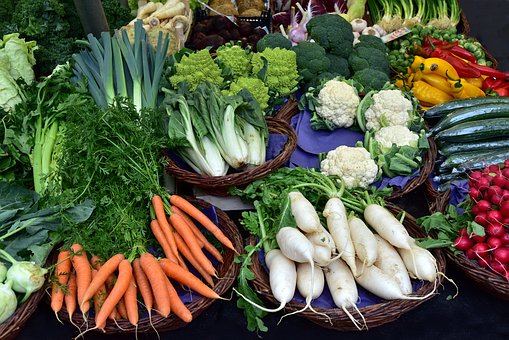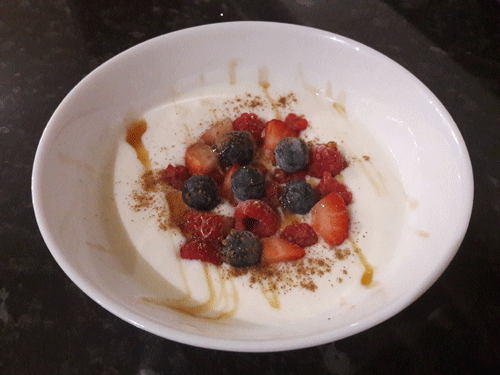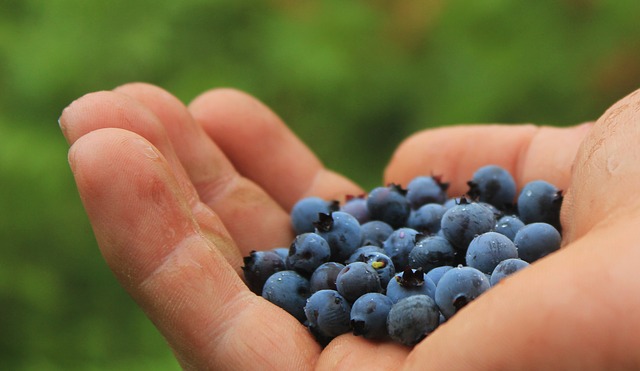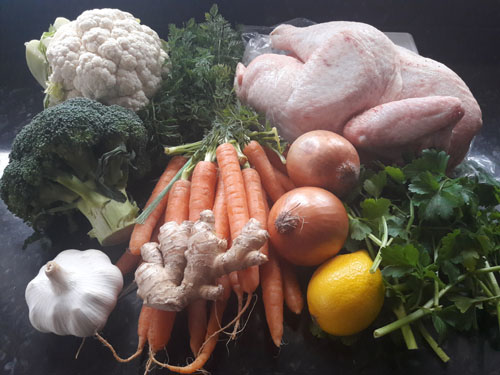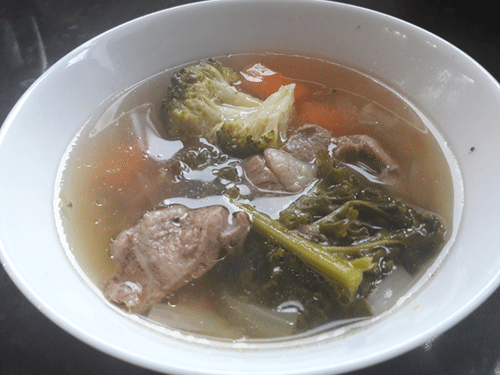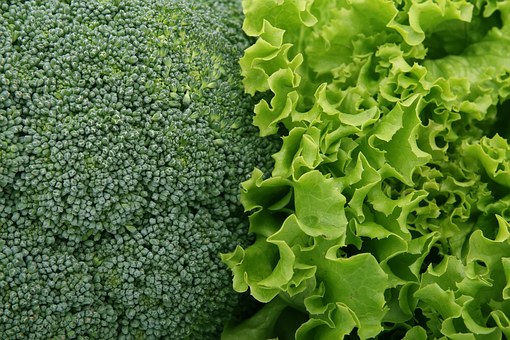Inhibition of LPS Binding to MD-2 Co-Receptor for Suppressing TLR4-Mediated Expression of Inflammatory Cytokine by 1-Dehydro-10-Gingerdione From Dietary Ginger
© Authored by PubMed
Topics:
Ginger
© HealthyMuslim. See Terms and Conditions
Copy Link
Email
Print
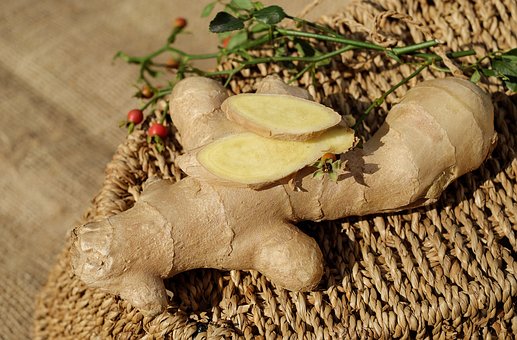
Ginger is an herb. The rhizome (underground stem) is used as a spice and also as a medicine. It can be used fresh, dried and powdered, or as a juice or oil. Ginger is commonly used to treat various types of "stomach problems," including motion sickness, morning sickness, colic, upset stomach, gas, diarrhea, nausea and vomiting after surgery, as well as loss of appetite. Other uses include treating upper respiratory tract infections, cough, and bronchitis.
Park SH, Kyeong MS, Hwang Y, Ryu SY, Han SB, Kim Y. Inhibition of LPS binding to MD-2 co-receptor for suppressing TLR4-mediated expression of inflammatory cytokine by 1-dehydro-10-gingerdione from dietary ginger. 1. Biochem Biophys Res Commun. 2012 Mar 23;419(4):735-40. Epub 2012 Feb 24. Myeloid differentiation protein 2 (MD-2) is a co-receptor of toll-like receptor 4 (TLR4) for innate immunity. Here, we delineated a new mechanism of 1-dehydro-10-gingerdione (1D10G), one of pungent isolates from ginger (Zingiber officinale), in the suppression of lipopolysaccharide (LPS)-induced gene expression of inflammatory cytokines. 1D10G inhibited LPS binding to MD-2 with higher affinity than gingerol and shogaol from dietary ginger. Moreover, 1D10G down-regulated TLR4-mediated expression of nuclear factor-?B (NF-?B) or activating protein 1 (AP1)-target genes such as tumor necrosis factor ? (TNF-?) and interleukin-1?, as well as those of interferon (IFN) regulatory factor 3 (IRF3)-target IFN-? gene and IFN-? inducible protein 10 (IP-10) in LPS-activated macrophages. Taken together, MD-2 is a molecular target in the anti-inflammatory action of 1D10G.
Myeloid differentiation protein 2 (MD-2) is a co-receptor of toll-like receptor 4 (TLR4) for innate immunity. Here, we delineated a new mechanism of 1-dehydro-10-gingerdione (1D10G), one of pungent isolates from ginger (Zingiber officinale), in the suppression of lipopolysaccharide (LPS)-induced gene expression of inflammatory cytokines. 1D10G inhibited LPS binding to MD-2 with higher affinity than gingerol and shogaol from dietary ginger. Moreover, 1D10G down-regulated TLR4-mediated expression of nuclear factor-?B (NF-?B) or activating protein 1 (AP1)-target genes such as tumor necrosis factor ? (TNF-?) and interleukin-1?, as well as those of interferon (IFN) regulatory factor 3 (IRF3)-target IFN-? gene and IFN-? inducible protein 10 (IP-10) in LPS-activated macrophages. Taken together, MD-2 is a molecular target in the anti-inflammatory action of 1D10G.
Park SH, Kyeong MS, Hwang Y, Ryu SY, Han SB, Kim Y. Inhibition of LPS binding to MD-2 co-receptor for suppressing TLR4-mediated expression of inflammatory cytokine by 1-dehydro-10-gingerdione from dietary ginger. 1. Biochem Biophys Res Commun. 2012 Mar 23;419(4):735-40. Epub 2012 Feb 24.
 Myeloid differentiation protein 2 (MD-2) is a co-receptor of toll-like receptor 4 (TLR4) for innate immunity. Here, we delineated a new mechanism of 1-dehydro-10-gingerdione (1D10G), one of pungent isolates from ginger (Zingiber officinale), in the suppression of lipopolysaccharide (LPS)-induced gene expression of inflammatory cytokines. 1D10G inhibited LPS binding to MD-2 with higher affinity than gingerol and shogaol from dietary ginger. Moreover, 1D10G down-regulated TLR4-mediated expression of nuclear factor-?B (NF-?B) or activating protein 1 (AP1)-target genes such as tumor necrosis factor ? (TNF-?) and interleukin-1?, as well as those of interferon (IFN) regulatory factor 3 (IRF3)-target IFN-? gene and IFN-? inducible protein 10 (IP-10) in LPS-activated macrophages. Taken together, MD-2 is a molecular target in the anti-inflammatory action of 1D10G.
Myeloid differentiation protein 2 (MD-2) is a co-receptor of toll-like receptor 4 (TLR4) for innate immunity. Here, we delineated a new mechanism of 1-dehydro-10-gingerdione (1D10G), one of pungent isolates from ginger (Zingiber officinale), in the suppression of lipopolysaccharide (LPS)-induced gene expression of inflammatory cytokines. 1D10G inhibited LPS binding to MD-2 with higher affinity than gingerol and shogaol from dietary ginger. Moreover, 1D10G down-regulated TLR4-mediated expression of nuclear factor-?B (NF-?B) or activating protein 1 (AP1)-target genes such as tumor necrosis factor ? (TNF-?) and interleukin-1?, as well as those of interferon (IFN) regulatory factor 3 (IRF3)-target IFN-? gene and IFN-? inducible protein 10 (IP-10) in LPS-activated macrophages. Taken together, MD-2 is a molecular target in the anti-inflammatory action of 1D10G.
Link to this article: Show: HTML Link • Full Link • Short Link
Share or Bookmark this page: You will need to have an account with the selected service in order to post links or bookmark this page.





|
Related Articles:
- Synbiotic (Probiotic and Ginger Extract) Loaded Floating Beads: A Novel Therapeutic Option in an Experimental Paradigm of Gastric Ulcer
- 4-Shogaol, an Active Constituent of Dietary Ginger, Inhibits Metastasis of MDA-MB-231 Human Breast Adenocarcinoma Cells by Decreasing the Repression of NF-?B/Snail on RKIP
- Inhibition of LPS Binding to MD-2 Co-Receptor for Suppressing TLR4-Mediated Expression of Inflammatory Cytokine by 1-Dehydro-10-Gingerdione From Dietary Ginger
- Zerumbone, a Southeast Asian Ginger Sesquiterpene, Induced Apoptosis of Pancreatic Carcinoma Cells Through P53 Signaling Pathway
- Variation in Concentration and Labeling of Ginger Root Dietary Supplements
- Ginger Root Associated with Preventing Colon Cancer, Study
- Ginger: An Excellent Natural Remedy
- Ginger Beneficial for Relieving Pregnancy-Related Nausea
- Ibn al-Qayyim: Ginger is Beneficial for Digestion, Eyesight and Nausea Among Other Benefits
- Spices for Health
You must be registered and logged in to comment.
Most Popular
Latest Articles
Popular Subjects
Health, fitness and longevity
Based upon the principles of health
in the Qur'an and Prophetic Traditions.
HealthyMuslim.Com
There are two bounties in which
most people lose out: good health
and free time. Al-Bukhari.
The information on this site is provided for educational purposes only. It is not intended as a substitute for professional advice of any kind.





